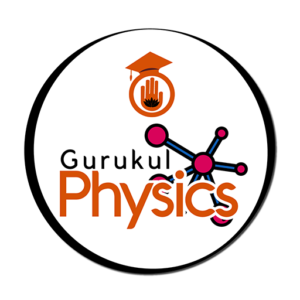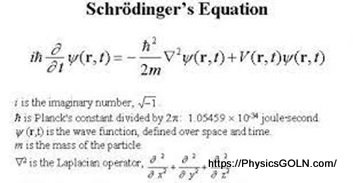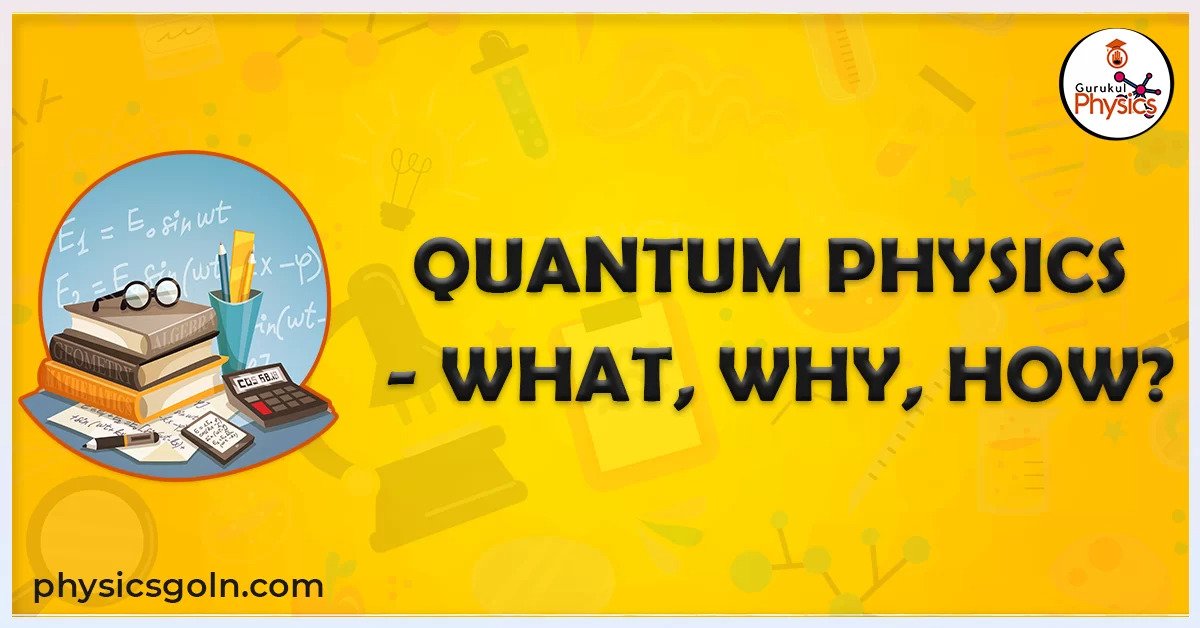QUANTUM PHYSICS: The analysis of matter and energy at the most fundamental level is known as quantum physics. Its objective is to discover more about the characteristics and behaviors of nature’s fundamental building elements.

কোয়ান্টাম পদার্থবিদ্যা [ Quantum Physics ]
Two of the founding fathers of Quantum Theory, Niels Bohr and Max Planck, both earned the Nobel Prize in Physics for their work on quanta. Because he characterized light as quanta in his theory of the Photoelectric Effect, for which he earned the Nobel Prize in 1921, Einstein is regarded as the third creator of Quantum Theory.
Quantum Physics – What, Why, How?
Quantum research focuses on very small objects such as electrons and photons. Quantum events take place on all scales. Our detailed understanding of materials, chemistry, and other important sectors has been boosted by quantum breakthroughs. These findings have offered an ascendance to technologies, as well as allowing genuine progress on innovations that were long considered completely theoretical, such as quantum computers. Physicists are researching how quantum physics might change how we understand gravity and its connection to space and time. Quantum research may even uncover how everything else in the universe is related to everything else in greater levels that our perceptions cannot perceive.
In quantum physics, the act of observation is a subject of deep discussion. The probabilistic aspect of quantum phenomena necessitates the use of mathematics. Quantum objects are generally portrayed using mathematical “wave functions,” which are Schrödinger equation solutions.

In this sense, wave functions do not correlate with a physical characteristic. Over a range of possible alternatives, the wave function solutions indicate the probabilities of where an observer would discover a certain object. As in the scenario of superposition, quantum objects can exist in several locations and states. Scientists were startled after they discovered that merely monitoring an experiment altered the outcome early on. When an electron was not noticed, it behaved like a wave, but when it was detected, the wave collapsed which indicates the electron is a particle.
Scientists now recognize that the term “observation” is inaccurate in this circumstance since it implies consciousness. Alternatively, “measurement” better characterizes this effect, in which the interaction between the quantum phenomena and the external environment, including the equipment employed to quantify the phenomena, might result in a change in outcome. However, there are certain limitations to this link, and a thorough explanation is required.

The following key notions contributed to the establishment of quantum physics’ foundations:
The concept of wave-particle duality has been around since the dawn of quantum physics. It explains the results of studies that demonstrated that light and matter, based on how they were measured, possessed the characteristics of particles or waves. Now, researchers know that these many kinds of energy are neither particles or waves. They are unique quantum objects that are difficult to comprehend. A term used to characterize an entity as a composite of numerous potential states at the same time is superposition. An object in superposition can be represented mathematically by an equation with several solutions or outcomes.
The uncertainty principle is a mathematical notion that depicts a trade-off between opposing viewpoints. This indicates that two attributes of an object, such as its location and velocity, cannot be known precisely at the same moment in physics. We will be limited in our precision if we accurately measure the location of an electron.
Entanglement is a phenomenon that develops when two or more objects are connected in such a manner that they may be considered as a single system, even when they are separated by a considerable distance. Without knowledge of the state of the other object in the system, one object’s state cannot be completely explained. Similarly, gaining information about one object inevitably informs the observer about another, and vice versa.

The double-slit experiment is by far the most unequivocal experiment in quantum physics. This study, which involves discharging photons or electrons with a specific velocity through two slits in a block, was firstly used in 1801 to illustrate that light is made composed of waves. Since then, the experiment has been used to establish the concepts of entanglement , superposition, and the observer effect.
Quantum physics may appear enigmatic or nonsensical, but it defines natural incidents happening around the whole universe. It’s best to utilize the potential of quantum physics to create new technologies, both for widespread usage and those that may be attainable in the future.
আরও পড়ুন:

9 thoughts on “Quantum Physics – What, Why, How?”